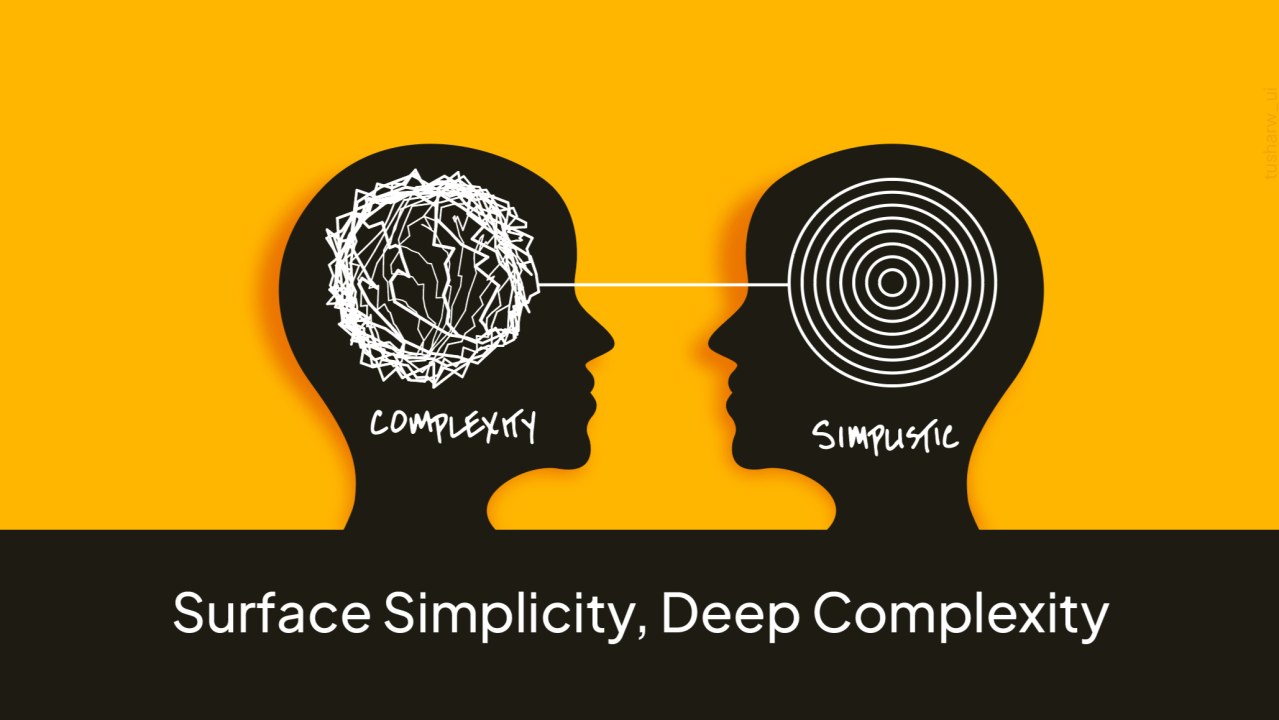Pioneering
Creative
Excellence
Welcome

Design decisions often appear straightforward, but they require careful consideration of numerous factors. Junior designers may initially rely on personal preferences and past examples, while senior designers evaluate designs based on their problem-solving abilities, feasibility, adherence to standards, user needs, scalability, accessibility, risks, and potential impact on the broader product ecosystem.
"Creativity is intelligence having fun." - Albert Einstein
Junior designers often make design decisions based on:
Personal Preferences: Their own tastes and what they find visually appealing, without considering the broader context or target audience.
Visual Trends: Following popular design trends without understanding if they are truly relevant to the project or if they align with the brand's identity.
Limited Experience: Lack of experience in design principles and best practices can lead to decisions that are not well-informed or effective.
Fear of Failure: The fear of making mistakes can hinder creativity and prevent them from exploring different options..
Lack of Feedback: Without proper feedback and guidance, junior designers may not be aware of the strengths and weaknesses of their designs.
It's important for junior designers to learn from experienced designers, seek feedback, and develop a strong understanding of design principles to make informed and effective decisions.
Senior designers should be able to think of the following:
designers integrate a holistic view, balancing user experience, brand identity, business goals, and technical realities with core design principles, accessibility, and future trends. Their collaborative, problem-solving approach thrives on feedback. Crucially, *clearly articulating this comprehensive thought process* is paramount; it cultivates analytical thinking, persuades stakeholders, and builds undeniable design authority.


Remember that creativity is at the core of graphic design. Embrace your creativity, experiment with different ideas, and think outside the box to create unique and impactful designs. Don't be afraid to take risks and push the boundaries of traditional design. Steve Jobs once said:
"Design is not just what it looks like and feels like. Design is how it works." So go ahead, unleash your creativity, and embark on your path to becoming a graphic designer!
In addition to the aforementioned steps, other important aspects of becoming a graphic designer include networking with industry professionals, staying updated on design trends and technologies, and continuously learning and improving your skills.
Becoming a graphic designer is an exciting journey that requires dedication, hard work, and a genuine passion for design. By following these 10 simple steps, you'll be well on your way to establishing yourself as a skilled graphic designer and opening doors to a rewarding and fulfilling career.

